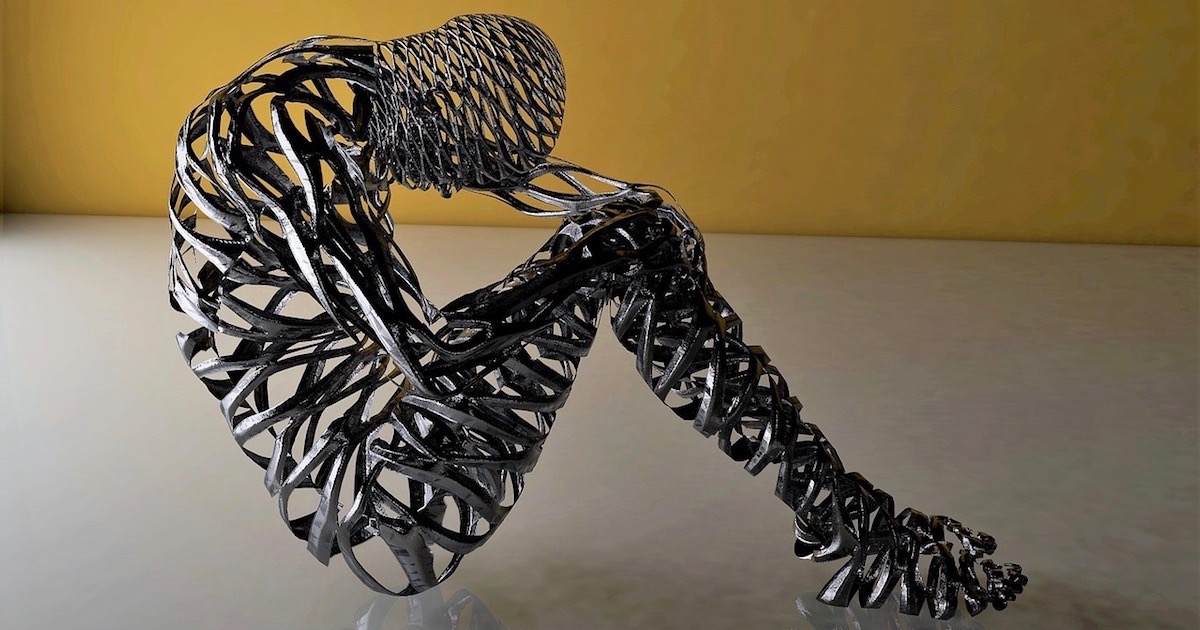 Neuroscience & Mind
Neuroscience & Mind
What to Fear? Jay Richards’s The Human Advantage Is Out!


The scary thing about artificial intelligence and related advances in technology is not what it will to do us — like put us all out of work — but what we’ll do with it to ourselves and each other.
Our colleague Jay Richards is out today with an important book, The Human Advantage: The Future of American Work in an Age of Smart Machines, that drives home a point that gets lost in hysterical media headlines about AI. Humans are unique, and no matter how quickly they may perform calculations, robots cannot displace us. American Enterprise Institute president Arthur C. Brooks writes about the book:
The blistering pace of technological change has left many Americans uncertain about their place in the 21st-century economy. But as Jay Richards wisely reminds us, no machine will ever be able to replicate what makes us truly human: Our creativity, and our virtue. The Human Advantage masterfully demonstrates that we need not fear the future, and that a life of happiness still awaits those with the courage to pursue it.
That’s not a Pollyannaish forecast — the proviso that happiness will be a prospect for “those with the courage to pursue it” is significant. I don’t think Richards or Brooks expects the future will be painless.
Capitalizing on Panic
But there’s no question that the media and some in science too are capitalizing on panic about AI. Jay writes today at Signature, “I get it. Doomsday predictions gain shares on Facebook and Twitter.” Yes, and many people also derive a sick type of satisfaction from scaring other people.
Jay Richards explains that advancing technology had the effect of permanently displacing us from our work, then history would look very different from the way it does.
If technology led to permanent unemployment, history would be one long, dismal story of expanding joblessness. In fact, without the technology that led to all the job loss, the global economy could not sustain the billions of jobs and people it now does.
So why do we hear so much doom and gloom? Because no one can predict, in detail, what future jobs will look like. We can easily picture, in contrast, a loss of the status quo.
Imagine a clever American in 1776 who comes upon a primitive steam engine. He starts to ponder how this device will raise the country’s farm output in the future. Since people need only so much food, he figures, there must be a limit to demand. At some point, perhaps only one percent of the population will be needed to produce enough food for everyone.
Yikes! Ninety-four percent of Americans would end up jobless as a result.
Of course, that’s not what happened. Two centuries later, the American population is ten times larger, due in part to much better farming methods. Instead of massive poverty and joblessness, most people now do something other than farm, and they have a much higher standard of living. Around 1 percent of the US population now works on farms. Most of the jobs of the other 99 percent didn’t exist in 1776.
These fears are unfounded, and worse, perhaps, they distract us from facing the very real if unintended consequences of the “smart” machine age.
The July 11 launch of Discovery Institute’s new Bradley Center for Natural and Artificial Intelligence is intended to address these very timely concerns. Join us at Seattle’s William Allen Theater at the Museum of Flight for a conversation with new fellows and staff of the Center for a lively discussion of the subject: “Will the Machines Take Over? Human Uniqueness in the Age of Smart Machines.”
More information is here. The event is FREE but you must register here.
Photo credit: kalhh, via Pixabay.
